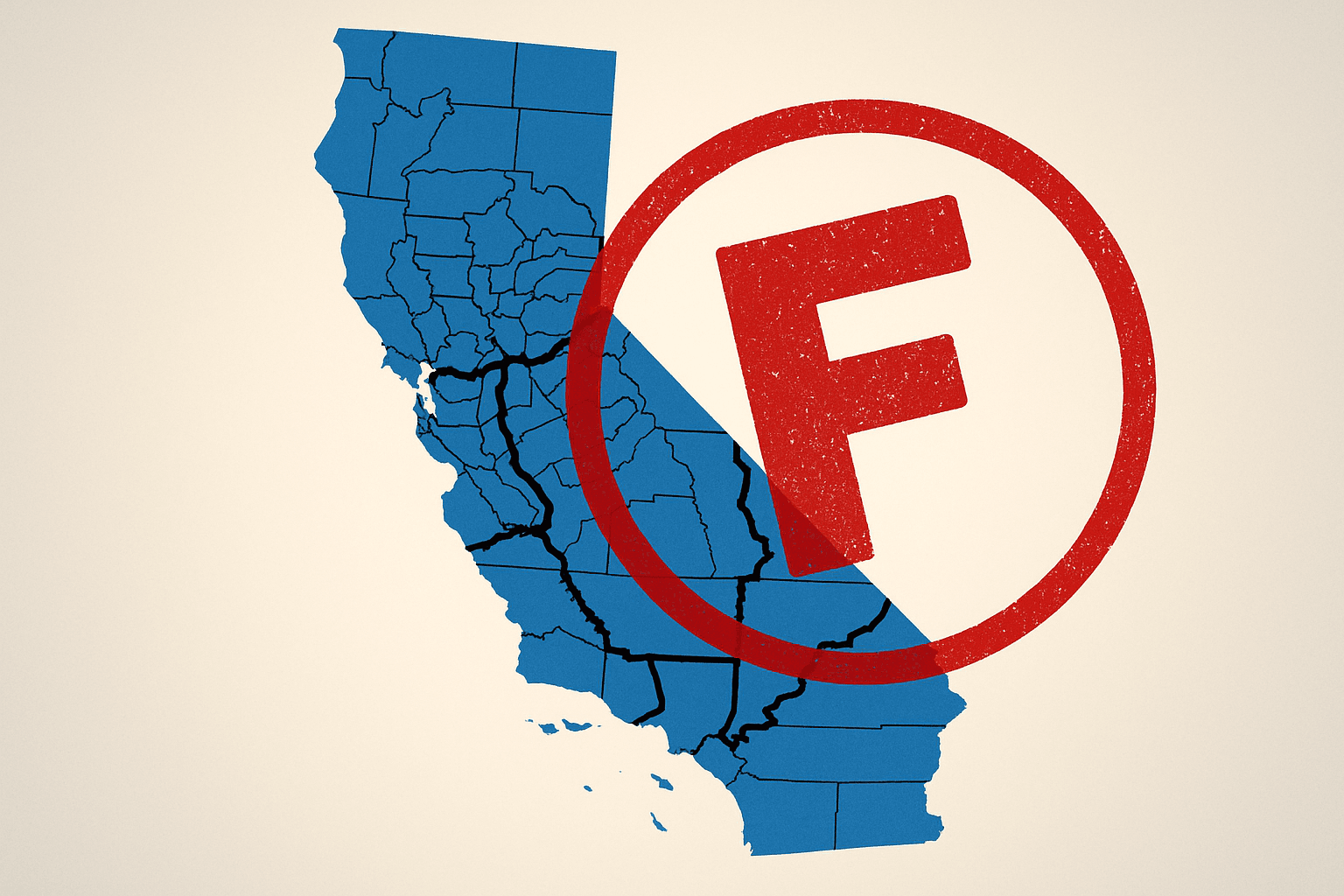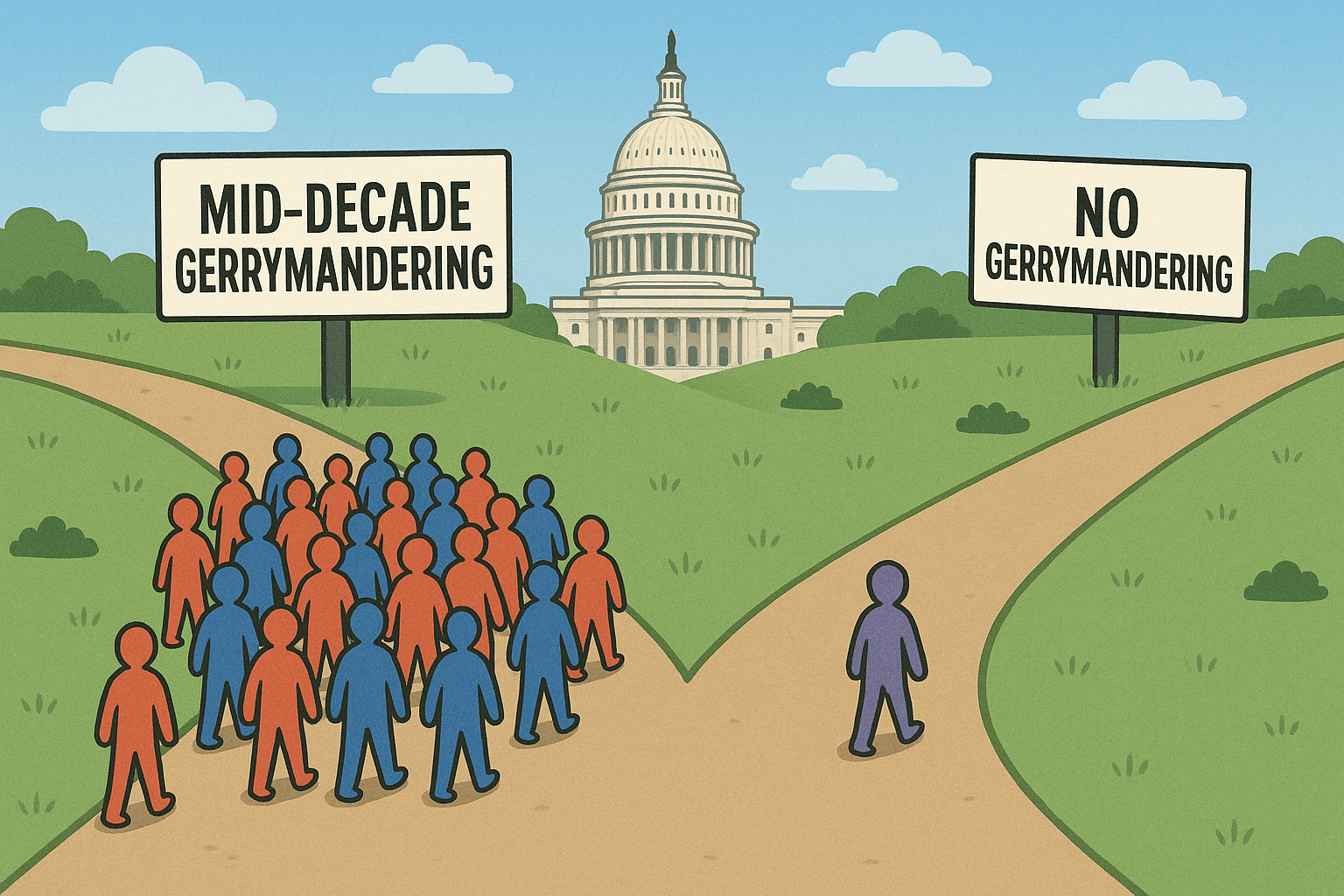Peak Food and the Coming Agricultural Crisis: How Did We Get Here?

Relying on bureaucratic largesse and federal agencies to dictate our farmingpractices has proven a slippery slope, one that has kept Californiafarmers’ legs churning while the economic position of theirfarms has been declining. Industrial farming concerns that lobby tofederal agencies cannot be trusted to draft sound, sustainable farmpolicy for the state. If the perilouscondition of our global food system is any indication,history is on the side of those who favor reform in the vein of “lessis more.” The principles of free markets and Localism must berevived to positively transform this system on the brink.
In order tofacilitate local food economies, California will have to look backbefore the Nixon era of Big-Ag and before the Gilded Age’smisguided preconceptions about big industry in general for correctiveadvice. For too long Americans have been conditioned to place ourfaithin technological progress and industrial efficiency to remedy ourevery problem.
Farmers, and thusthe consumers who rely on their labor, have generally ceded theireconomic independence to certain surrogate powers by limiting theoptions of what they can produce and stifling the ecologicalawareness about the source of that food. So how did we, as a people,give up our right to pursue our own happiness with locally producedcommodities in locally driven economies? The root of the problem tookhold many years ago and its fruits are apparent in other areas of oureconomy. A common mistake of the general public is to see theemergence of this new wave of government regulation and subsidizationof large private corporations as a shift in federal policy, onecalled for by political elites who espouse the need for change.
Whatwe are witnessing in these instances is no functional difference inpolicy, just a new phase of our long ago decided upon system ofplutocratic corporatism.The most recent round of market interventions by our Congress underthe guise of “public investment” laid bare the trueguiding principles of our economic way of life. We can no longersugar coat the shared convictions of its bipartisan politicalsupporters – the more tax-dollars lawmakers get to aimlesslyspend to secure their careers, the better off the status quo will be.When these legislators parade the term “Conservatorship,”those with common sense hear socialism. When they exclaim the needfor change in Washington, the initiated foresee a continued relianceon unsound federal monetary policy and increased deficit spending andinflation to prop up the infinitely expanding (and apparentlyinfinitely expandable) mass. These are the age-old sentiments of the“new agents of change.”
Such a system ishardly new in the sense that it had been visited upon much of theindustrialized world in the 20th century, though in morepalpable forms. But it has been a relatively new experiment forAmericans, one that has just reached gestation. The genie is out ofthe bottle for sure, but we have seen his “magic” at workin the agricultural community in America for almost four decades.
First, a littlehistory: It is important to remember that the global food economy isa fairly new invention. After WWII, America embarked on a policy paththat would subjugate individual states to the whims of a fewsupranational agribusiness corporations and break down integralsupports to local food economies. As benevolent as unrestrictedglobal trade seemed, it prevented California and every other statefrom feeding themselves. One of the catalysts for increasedproduction and “efficiency” of cash crops was the postwarsurplus of phosphates and other weapons grade materials that were tofind a market with agricultural applications. The chemical industry’sslogan “better living through science” had already takenhold of the urban mainstream of America and was quickly findingcreedal status with farmers throughout the mid-part of the century.The industrial farming model that would emerge in the 1970s cameto be known as the Green Revolution, a “revolution” withas much socio-political impact as any other in history. The emergingindustrial farmer class would imbibe the Conservatorship philosophynow taken for granted in the upper echelons of government.
The practicalimplications for farmers, big or small, were witnessed in the directsubsidy checks granted to corn producers who had the ability (andambitions) to outgrow the increasing supply of corn they themselveswere responsible for. Prices drowned in the ensuing glut ofsubsidized commodities. A perpetual cycle of capital-intensiveupgrades in the areas of mechanization and land exploitation (somefarmers quit rotating their crops to keep pace) made small,sustainable farmers, and local food markets everywhere in America“economically non-viable.”
Wherever mechanized practicesand chemical inputs were used it depleted much of the essentiallyirreplaceable carbon-rich topsoil layer requisite for sustainedfarming. In fact, if anything can be viewed as capital – assomething to be saved and invested with in a food economy – itis the microbial laden topsoil of arable land. This is a naturallyrenewed resource that at current rates of loss is quickly becomingnonrenewable. Believe it or not, Science has not found a replacementfor soil.
It was during thisGreen Revolution that the once agrarian contingent of our nationbelieved and acted upon the vapid words of then Secretary ofAgriculture Earl Butz, who extolled the virtues of industry andcalled upon all farmers to either “get big or get out.”Under the auspices of Nixon and then Ford, Butz brought up,“civilized,” and all together industrialized the lastfrontier of our national culture with the gratuitous subsidiesbestowed on farmers willing to invest (with borrowed money, ofcourse) in the mantra of Agribusiness. Big ambitions required bigideas, big numbers and big machines.
Such an inspiringjuggernaut it was. We watched as it appeared to feed the world andmarveled at the sheer numbers and quantities it could account for,remaining for the most part numb or blind to the perpetual debtinherited by the new industrial-farmer class and the unsupportabletax it demanded of our land, environment, rural communities andindividual well beings. We stopped growing poly-cultures, finding theproduction of two crops in vast swaths much more “efficient.”After all, the federal government wasn’t paying farmers todiversify, just to put up big numbers. It needn’t matter thatman can’t live off corn alone, leave that problem to the newlyemerged experts in white coats–the food scientists. Value addedcommodities became the order of the day, something small farmers hadlittle interest in or means of pursuing, but industrialists savored(and no doubt perpetuated) the need for ready-made, factory-farmedfood for an expanding urban consumer base. What we didn’tpredict, or much know to even be concerned about, was the system’sinherent self-destructiveness.
The costs of theGreen Revolution to California have been great: thanks to soilerosion, the state now hosts less arable land, a less economicallysecure and more globally dependent citizenship and the unenviabletask of providing cheap food for a broke nation.
This is part three of a series on local farming and its benefits to Californians. Part I and Part II.
My next installmentwill continue to account the costs, both material andsocio-political, of our current system and reinforce the need for anew, localized food system.



